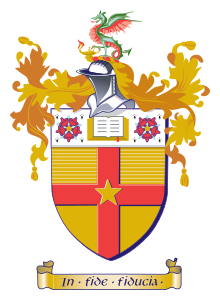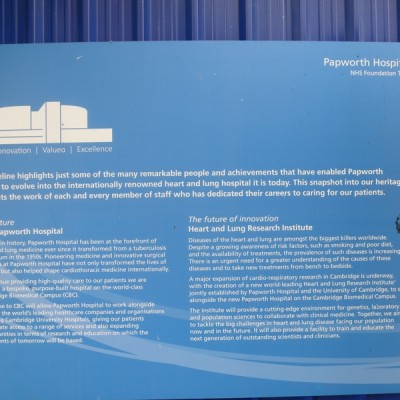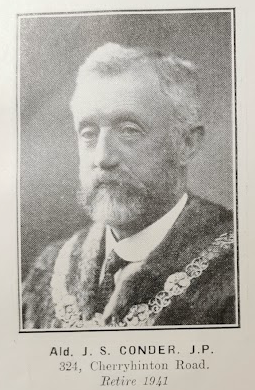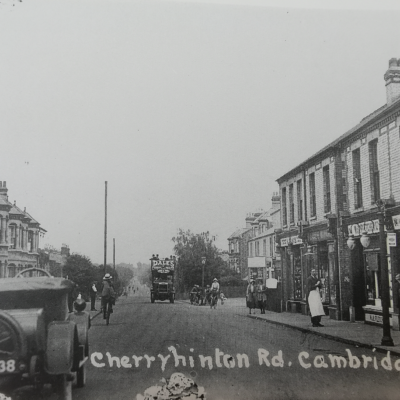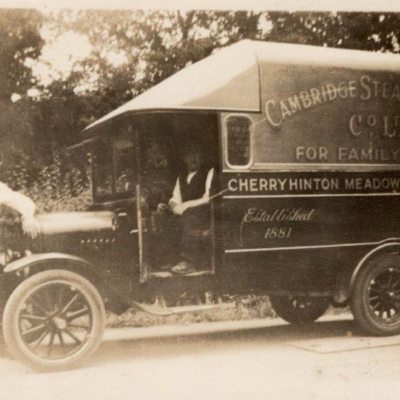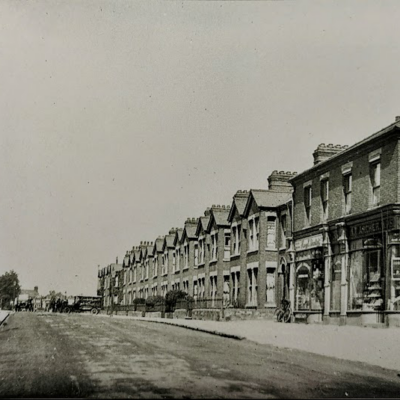Search by topic
- archaeology
- Building of Local Interest
- charity
- church
- crime
- dressmaker
- fire
- Great Eastern Railway
- Listed building
- Mapping Relief
- medieval
- oral history
- poverty
- Public House
- Rattee & Kett
- Religious House
- Roman
- scholar
- school
- Then and Now
- tudor
- women
- work
- world war one
- world war two
Search by text
347 Cherry Hinton Road (W. Sindalls Ltd)
History of Sindalls Ltd
WK sent this note in 2023:
William Sindall (1853-1934) was the youngest son of a farmer (who doubled as a maltster & brewer) in Isleham. He started life as a carpenter in Cambridge, but by 1880 he already had his own building business – which specialised in quality work for the university. His two elder sons were killed/died of wounds in WW1, but I believe that the youngest son carried on the firm.
Founded by William Sindall early in the 20th century, the firm is believed to have started in Mill Road before moving to Newnham Mill. At the end of the 1940s the firm was in Gloucester Street up Castle Hill. They moved in the 1950s to the Cherry Hinton Road site because of a planning scheme that would have seen a new roundabout at the top of Castle Hill with a new road through the old Sindalls site parallel with Magrath Road. This project was eventually aborted.
According to the Cambridge News article of 1964, at that time the firm employed around 1,200 people. The managing directors were the two brothers H D and F A Ridgeon.
D Fitzgerald was a quantity surveyor for the firm from the late 1940s. He recalled in 2019 that there were very good workers such as the Polish men who settled in Cambridge after WWII. They had projects in Stevenage and Harlow; at the time there was a shortage of bricklayers and they often had to be brought in by bus from far away. A large early project was the University Veterinary College on Madingley Road. One prestigious project Sindalls was resposnible for was the new faculty of History in West Road designed by architect James Sterling. The orientation of the building was incorrect, it leaked, and the university even considered demolishing the building. Later projects included the Thames Barrier.
Sources: Cambridge News (Cambridgeshire Collection) and interviews
WK added a note that in 1988 Sindalls had bought some land that had previously belonged to Cambridgeshire County Council. Two years later the value had crashed and there was the additional problem of a previously unknown drain under the land. The financial problems contributed to their take-over by Morgan Lovell in 1994.
Contribute
Do you have any information about the people or places in this article? If so, then please let us know using the Contact page or by emailing capturingcambridge@
License
This work is licensed under CC BY-NC-SA 4.0







